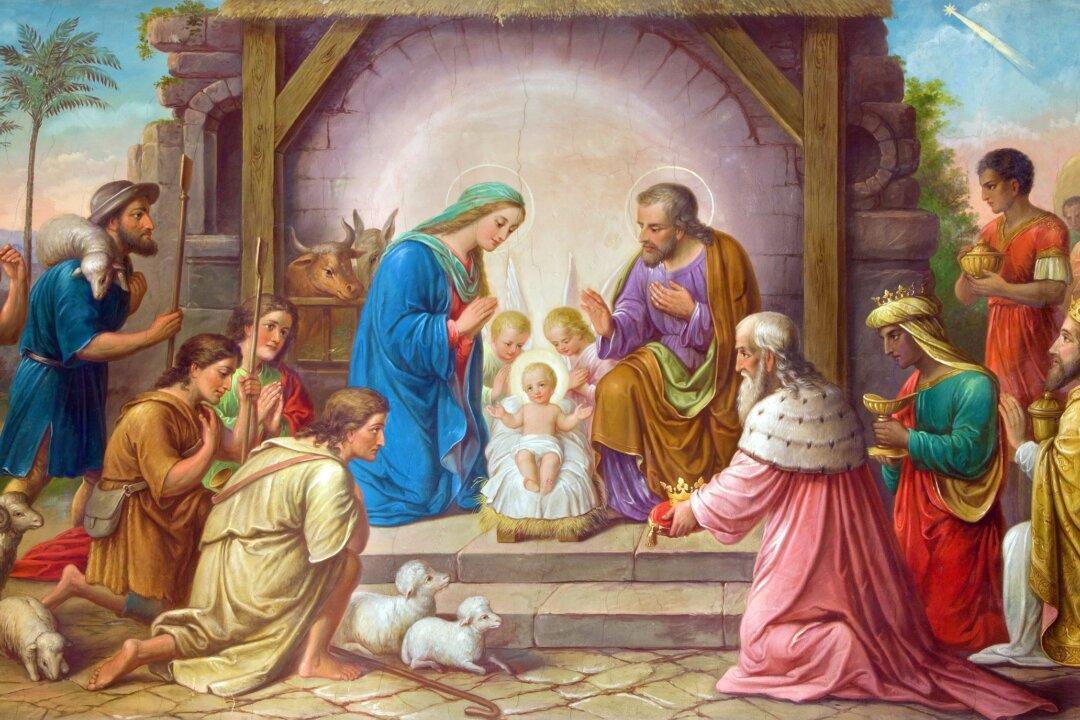Commentary
One of the most remarkable saints of any period of Christian history was Giovanni di Pietro di Bernardone, born in 1181. He was nicknamed Francesco (“Frenchy”) by his Francophile father, a prosperous merchant of Assisi in Italy.

One of the most remarkable saints of any period of Christian history was Giovanni di Pietro di Bernardone, born in 1181. He was nicknamed Francesco (“Frenchy”) by his Francophile father, a prosperous merchant of Assisi in Italy.